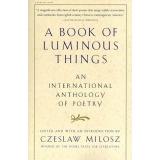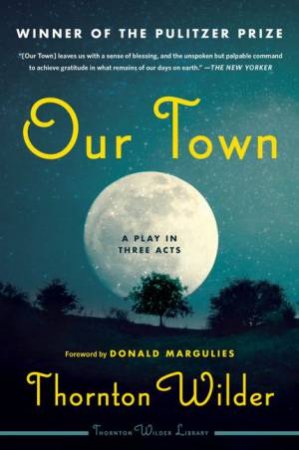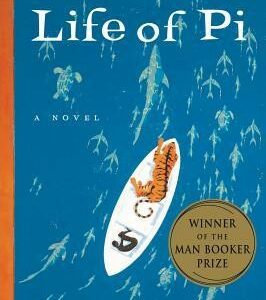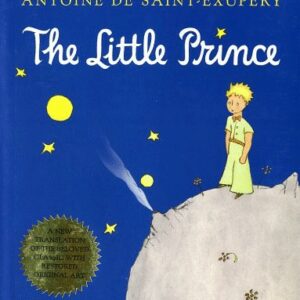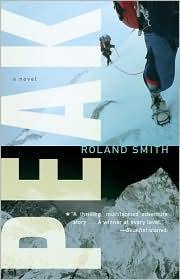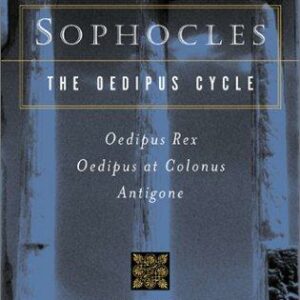Veii
$55.00
| Title | Range | Discount |
|---|---|---|
| Trade Discount | 5 + | 25% |
- Description
- Additional information
Description
Reputed to be the richest city of Etruria, Veii was one of the most important cities in the ancient Mediterranean world. It was located ten miles northwest of Rome, and the two cities were alternately allied and at war for over three hundred years until Veii fell to Rome in 396 BCE, although the city continued to be inhabited until the Middle Ages. Rediscovered in the seventeenth century, Veii has undergone the longest continuous excavation of any of the Etruscan cities.
The most complete volume on the city in English, Veii presents the research and interpretations of multiple generations of Etruscan scholars who are at the forefront of the discipline. Their essays are grouped into four parts. The first provides a general overview of archaeological excavation at Veii and discusses the different types of methodologies employed over the years. The second part narrates the history of Etruscan occupation of the city and its role in the greater Mediterranean world. The third section examines the surviving material culture of Veii, including pottery, painting, sculpture, metalworking, and architectural terracottas. Finally, the legacy of Veii is discussed, and a chronology of the site is presented. This pioneering research offers all students of the ancient Mediterranean a new understanding of the development of Veii and its territory from the late Bronze Age to the Roman conquest, as well as of the interactions of Veii with nearby sites and territories in central Tyrrhenian Italy.Jacopo Tabolli holds a postdoctoral fellowship at Trinity College Dublin. Founder of the Museo Civico Archeologico-Virtuale di Narce (MAVNA) in Mazzano Romano and editor of Officina Etruscologia, he has excavated at Veii and Narce for several years.
- List of Illustrations
Preface (Jacopo Tabolli)
List of Abbreviations
Album of Maps
Introduction: Exploring Veii (Gilda Bartoloni, Jacopo Tabolli, and Orlando Cerasuolo)
Part I. Archaeology of the City
- 1. Veii, the Stratigraphy of an Ancient Town: A Case Study of Piazza d’Armi (Valeria Acconcia)
2. City and Landscape: The Survey (Roberta Cascino)
3. The Emptyscapes Project: Filling Gaps in Space and Time at Veii (Stefano Campana)
Part II. History of the City
- 4. Toward Veii: The Bronze Age (Francesco di Gennaro)
5. Veii and Its Territory from the Final Bronze Age to the Early Iron Age (Folco Biagi)
6. Veii in the Eighth Century BCE (Alessandra Piergrossi)
7. Veii and the Others: Closest Neighbors (Jacopo Tabolli)
8. The Orientalizing Period (Orlando Cerasuolo)
9. Veii during the Seventh and Sixth Centuries BCE: Political Structure and Organization of the Territory (Gilda Bartoloni and Anna De Santis)
10. Veii and the Greeks (Francesca Boitani)
11. Veii and the Near East (Annette Rathje)
12. Veii during the Archaic Period (Sixth and Fifth Centuries BCE) (Gilda Bartoloni and Laura M. Michetti)
13. The Sanctuary of Portonaccio (Giovanni Colonna)
14. Cult Evidence from the Urban Sanctuaries at Veii (Ingrid Edlund-Berry)
15. The Epigraphical Evidence (Daniele Federico Maras)
16. The Defensive System (Luca Pulcinelli)
Part III. Material Culture of the City
- 17. Early Iron Age Pottery (Sara Neri)
18. Orientalizing Pottery (Silvia ten Kortenaar)
19. Archaic, Late Archaic, and Classical Pottery (Maria Teresa Di Sarcina and Federica Pitzalis)
20. Metal Production (Matteo Milletti and Luciana Drago)
21. Wall Painting (Francesca Boitani)
22. Stone Sculpture (Iefke van Kampen)
23. Kilns and Evidence of Ceramic Production (Barbara Belelli Marchesini)
24. Architectural Terracottas (Nancy A. Winter and Claudia Carlucci)
Part IV. Legacy of the City
- 25. Furius Camillus and Veii (Christopher Smith)
Conclusions (Jacopo Tabolli and Orlando Cerasuolo)
Appendix. A Chronology of Veii
Index of Names
Additional information
| Dimensions | 1 × 9 × 11 in |
|---|



